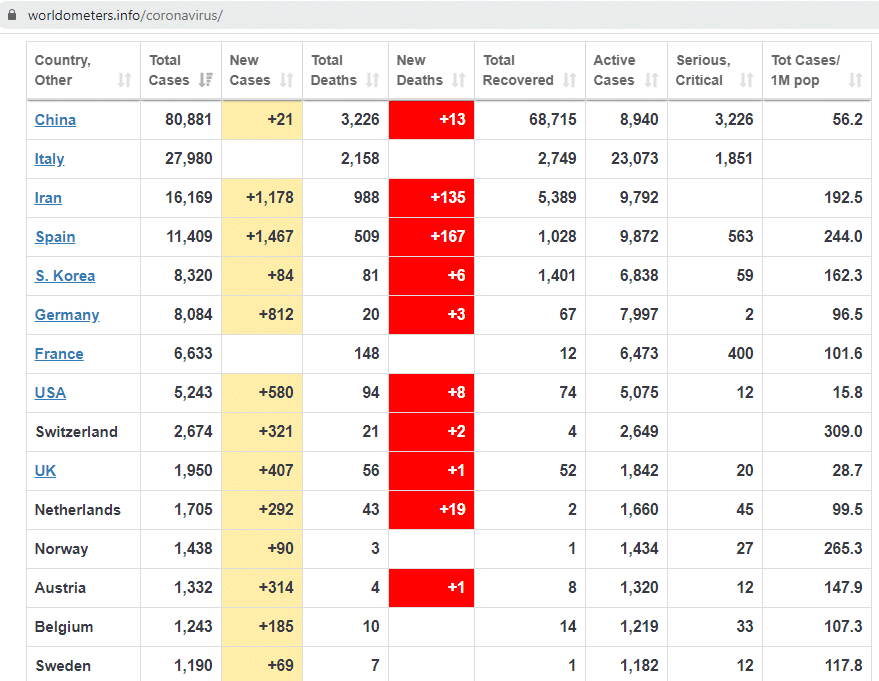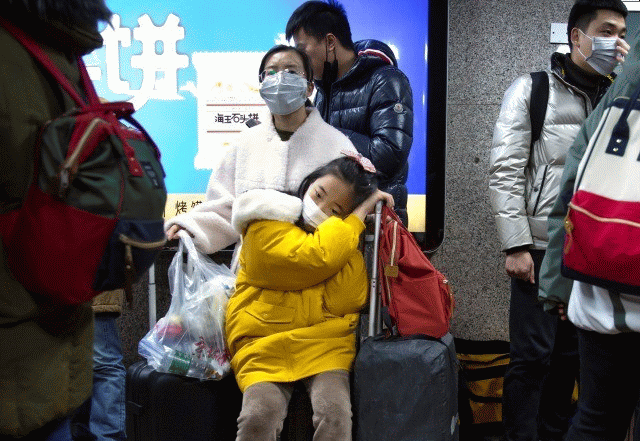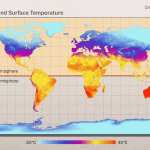Coronavirus epidemic may be slowed by warm weather: High temperature and high humidity reduce the transmission of COVID-19, preliminary study shows
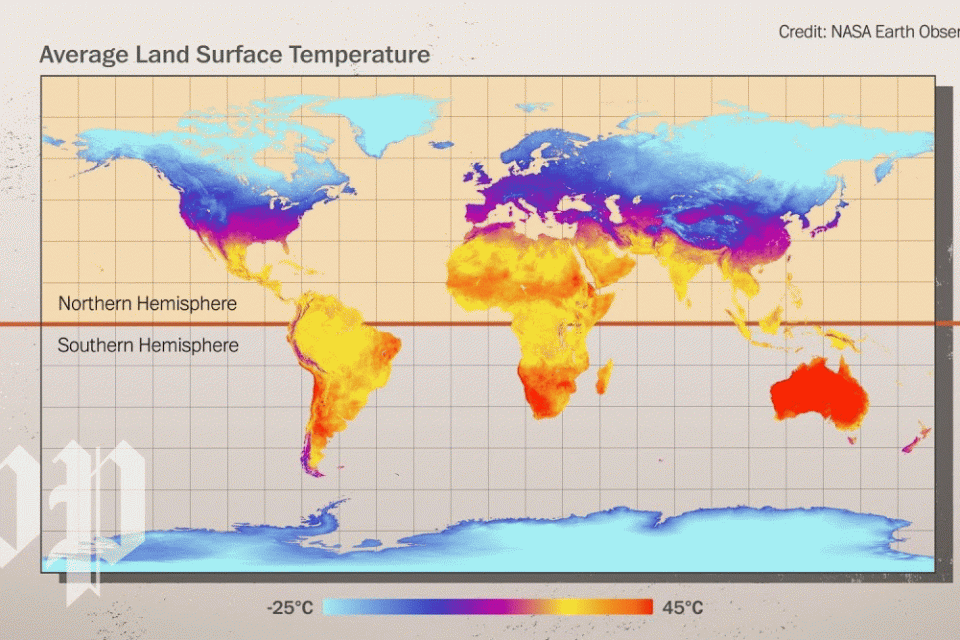
There are many reports out there that coronavirus epidemic may slowed as the weather warms up just as flu viruses often do. However, these reports are not supported or backed by any scientific study or proof. Now, a new preliminary study conducted by Chinese researchers shows that the reports may be true. If true, warm weather would bring the much needed relief while we are waiting for the coronavirus vaccine, which is still about 12 months away.
In a paper published in Social Science Research Network (SSRN), a repository and international journal devoted to the rapid dissemination of scholarly research in the social sciences and humanities, Chinese researchers investigates how air temperature and humidity influence the transmission of COVID-19 and analyzed how the epidemic evolved in various Chinese cities taking into account the weather in each.
They also compared how the virus proliferated in countries with relatively lower seasonal air temperature and lower humidity (e.g., Korea, Japan, and Iran), which experienced more severe outbreaks with its spread in warmer and more humid countries (e.g., Singapore, Malaysia, and Thailand), where the outbreaks have been more limited.
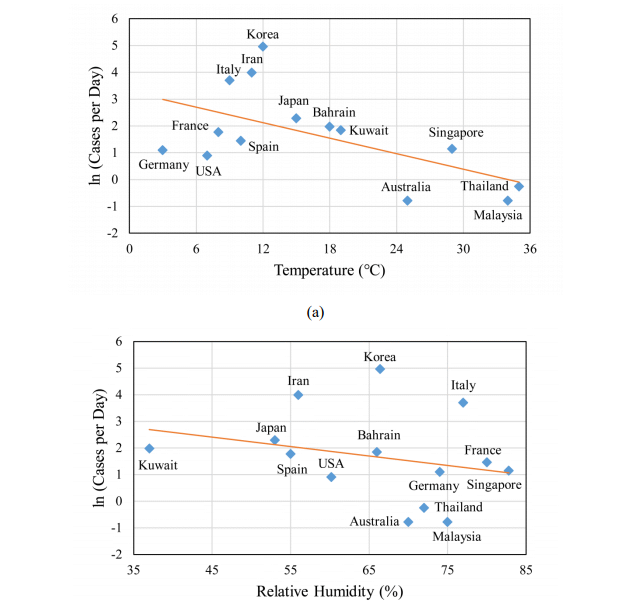
The researchers found that the transmission of viruses can be affected by a number of factors, including climate conditions (such as temperature and humidity), population density and medical care quality. Therefore, the researchers believe understanding the relationship between weather and the transmission of COVID-19 is key to forecast the intensity and end time of this epidemic. However, up to now, it is still unknown whether such a relationship exists or not. For example, on March 06, 2020, Michael Ryan, the executive director of the WHO Health Emergencies Program, said that people still did not know the activity or behavior of the COVID-19 virus in different climatic conditions.
After estimating the serial interval of COVID-19 from 105 pairs of the virus carrier and the infected, we calculate the daily effective reproductive number, R, for each of all 100 Chinese cities with more than 40 cases. Using the daily R values from January 21 to 23, 2020 as proxies of non-intervened transmission intensity, they find, under a linear regression framework for 100 Chinese cities, high temperature and high relative humidity significantly reduce the transmission of COVID-19, respectively, even after controlling for population density and GDP per capita of cities.
One degree Celsius increase in temperature and one percent increase in relative humidity lower R by 0.0383 and 0.0224, respectively. This result is consistent with the fact that the high temperature and high humidity significantly reduce the transmission of influenza. It indicates that the arrival of summer and rainy season in the northern hemisphere can effectively reduce the transmission of the COVID-19.
Their study may provide a further proof of why there are less reported cases of coronavirus in countries in the Southern Hemisphere. According to daily coronavirus outbreak data, there are more reported cases (including deaths) in the Northern Hemisphere countries than the countries near the equator where temperatures are higher.
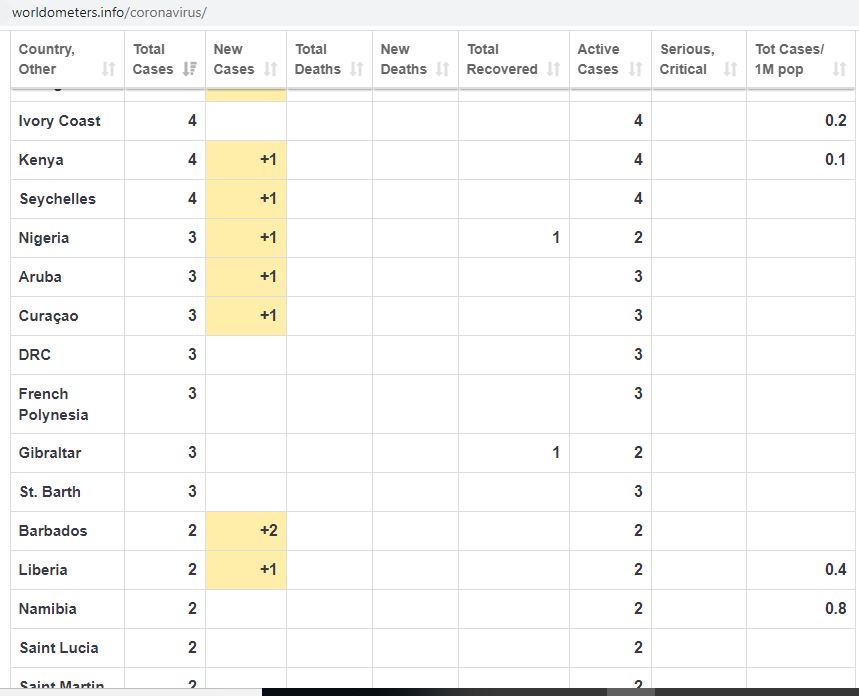
Number of reported coronavirus cases for countries around or below the equator
You can download the research paper here.
